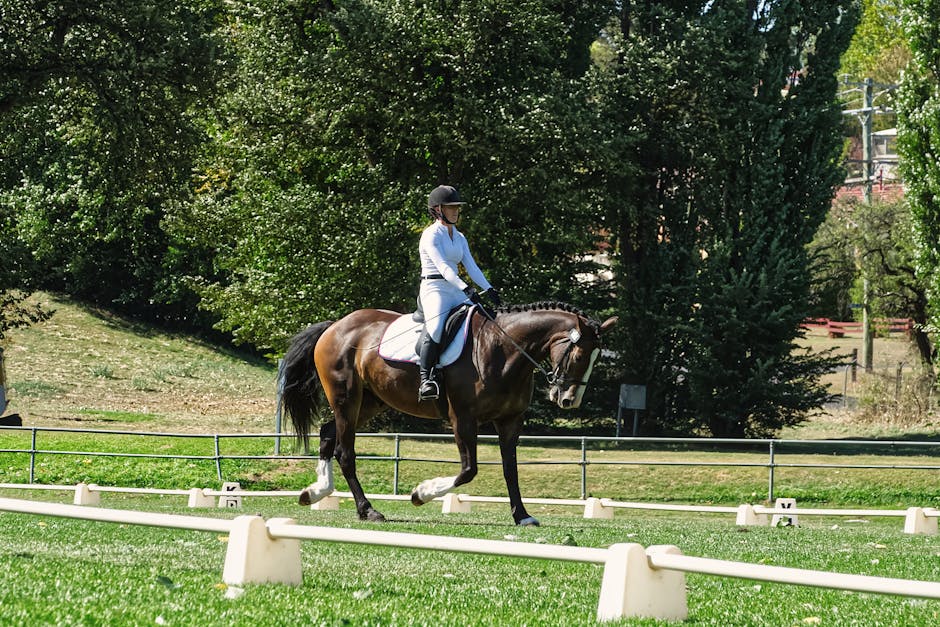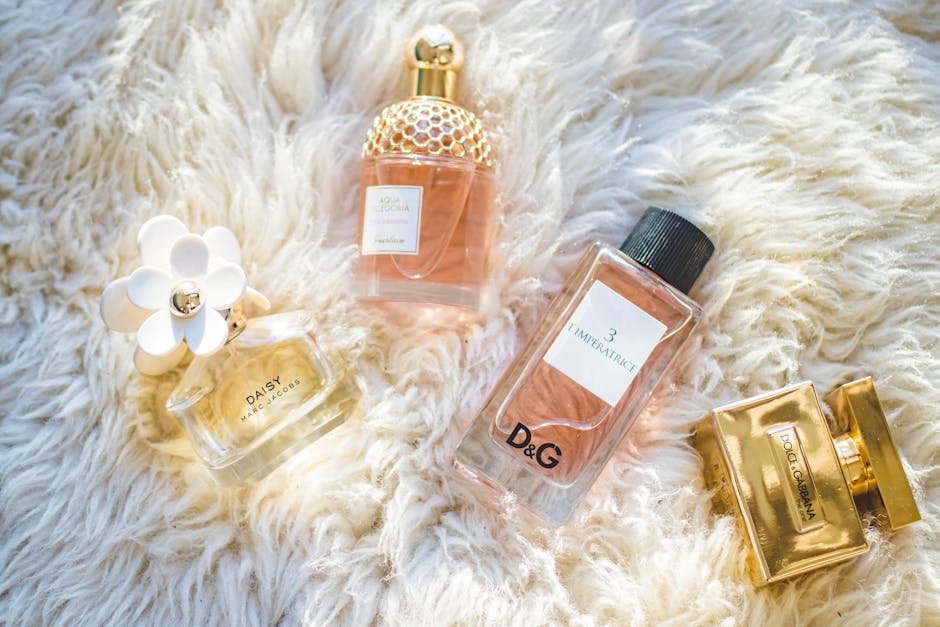The Hidden Language of Pet Grooming: Decoding Silhouettes & Scents
When it comes to understanding our furry companions, the world of pet grooming goes far beyond a simple wash and trim. Did you know that the shapes, silhouettes, and scents you use during grooming can fundamentally influence your pet’s behavior? Understanding these elements is vital for enhancing your pet’s training efficiency and establishing a deeper bond.
The Unseen Connection Between Grooming and Behavior
Silhouettes and scents play a crucial role in how your pet perceives their environment and interacts with you. It may sound mind-boggling, but these subtle nuances can enhance training methods, decrease anxiety, and promote positive behaviors in our beloved pets.
When you consider silhouettes, think about how different shapes and movements may evoke particular responses. For instance, low, hunched postures can appear threatening to a dog, while soft, open shapes help promote feelings of safety. Similarly, scents evoke images and feelings that might remind pets of past experiences, thus influencing their mood during grooming or training sessions. This knowledge can help you curate a more thoughtful and responsive pet care routine.
The Psychology of Shapes and Movement
To better understand silhouettes, let’s look at how dogs and cats perceive shapes and movements. Animals rely heavily on their visual senses, particularly on the contrast of shapes and sizes. Research indicates that dogs are more attracted to rounded shapes over sharp, acute angles, which they may associate with safety and affection. This insight is invaluable for any pet owner or trainer looking to create a stress-free grooming environment.
Practical Tips for Groomers
When grooming your pet, try to adopt a gentle, rounded posture. Instead of leaning over your pet in a stiff way, squat down or kneel beside them. This softens your silhouette and can help convey a sense of security. Additionally, pet groomers should consider using gentle movements while handling pets. Sudden jerks or aggressive actions can alarm your furry friend and lead to avoidance behaviors, negatively affecting training outcomes.
For further understanding of your pet’s psychology, delve into the psychology of color to create a bespoke grooming environment that resonates with their emotional state.
Scent as a Training Tool
The sense of smell has been grossly underestimated in pet care. A dog's olfactory system is remarkably powerful—boosting its sensitivity to specific scents, which can be leveraged for effective training methods. While grooming, integrating familiar scents can make the experience more enjoyable for your pet and speed up their learning curve.
How to Utilize Scent
Choose grooming products that include familiar scents from your pet’s everyday life, such as the smell of their bedding or even your personal scent. This familiarity may minimize anxiety and help your pet concentrate. Try to avoid strong, chemical smells that may evoke confusion or discomfort.
Consider incorporating a scent-training session prior to grooming as a way to build familiarity. For instance, using a specific essential oil diluted safely around your pets can help them associate it with positive experiences.
Want to dive deeper into this concept? Explore our insights on scent training, highlighting its vast potential in shaping not just behavior but overall well-being.
Building a Routine: The Art of Consistency
Consistency doesn’t just play a role in your training strategies; it’s crucial in grooming as well. The more your pet is exposed to predictable routines, the more secure they will feel. By incorporating elements of grooming that involve both familiar silhouettes and scents consistently, you can establish a reliable and reassuring experience for your furry friend.
Crafting Your Routine
-
Create a Calm Environment: Ensure the grooming space is quiet and devoid of chaos. A clam space can help reduce stress, allowing your pet to focus on the experience.
-
Use Familiar Tools: Encourage positive associations by using equipment that they already recognize during grooming sessions. Familiar combs, brushes, or clippers can significantly lessen anxiety.
-
Introduce Positive Reinforcement: Beyond traditional treats, consider using scents as a reward during grooming moments. For instance, after your pet behaves well through a grooming session, reward them with a little spritz of their favorite scent.
Silhouettes and Scents in Action: A Real-World Example
Consider the case of Luna, a rescue dog who often displayed anxiety during grooming sessions. By altering the angles and silhouettes presented when grooming her, her owner adopted a laid-back approach. Instead of standing over her, she crouched beside Luna, using soothing voices and calming movements.
In conjunction with this new posture, Luna's owner introduced a light lavender scent in the grooming space, which helped Luna remember quiet and calm moments from her previous home. Over time, Luna began to associate grooming with safety and love, significantly improving her reaction during these sessions.
This real-world example highlights how the art of shaping silhouettes and using scents can create a nurturing space for pets, enabling effective learning and behavioral improvement.
Unique Techniques: Engaging the Senses
Creating a sensory-rich grooming experience can dramatically enhance your pet’s behavior and response to training. Combining visual elements with scents creates a multi-dimensional approach that speaks directly to your pet's instincts.
Engaging Multiple Senses
-
Textures: Introduce varying textures when grooming. For instance, soft brushes paired with coarse mittens create a tactile contrast that can keep your pet engaged.
-
Ambient Sound: Play soothing music in the background. Studies show that soft music can lower heart rates in dogs, creating a calm atmosphere. Explore our piece on harnessing soundscapes for enhancing behavior through music.
-
Interactive Grooming: Use grooming time as an opportunity for bonding. Make it interactive by gently talking to your pet or using playful sounds to keep them engaged, further enhancing your emotional connection.
Unlocking Hidden Behaviors
Understanding the hidden language of your pet's behavior is crucial. Deciphering their signals can help streamline your grooming practices and training protocols. For example, a dog’s wagging tail may indicate eagerness, while their deep sigh can suggest anxiety.
Recognizing Body Language
Being attuned to body language will empower you to modify your approach. For example, if your pet appears tense when confronted with the grooming tools, consider mixing things up. Take a break, and use a favorite toy nearby.
For pet owners keen to further explore the subject of understanding body language, our article on decoding your pet's body language may prove invaluable in forging a better connection.
A Holistic Approach to Pet Care
While grooming and training are integral, consider taking a holistic perspective toward pet well-being. Grooming sessions are an opportunity to embrace all aspects of care, from mental wellness to emotional growth.
Enriching Environments
Creating an environment that caters to your pet involves engaging their senses and intellectual curiosity. Ideas include:
- Sensory Gardens: Designing a sensory garden dedicated to stimulating your pet’s smells, textures, and sight can greatly enrich their experiences, leading to more positive behaviors.
- Pet-Centric Spaces: Carve out interactive corners that allow your pets to engage their senses through play and exploration, which can positively influence their behavior while grooming.
To learn how you can transform your home into a nurturing space, check out this article on creating DIY pet enrichment corners.
Embracing Pet-Centric Choices
Every pet is unique, and one-size-fits-all strategies may not apply. Involving your pets in family decisions regarding their care fosters a shared bond and strengthens trust.
Involving Your Pet
- Collaborative Activities: Engage your pet in playful decision-making—like selecting toys or grooming tools to associate their preferences with positive experiences.
- Expanded Options: Present new activities that integrate silhouettes and scents, which can broaden their behavioral vocabulary while grooming.
For deeper insights into this collaborative approach, visit our discussion on involving pets in family decisions.
Final Thoughts: A Harmonious Journey Ahead

As you embark on your path to understanding the hidden language of pet grooming, remember that every pet has its unique personality and preferences. By carefully considering the visuals, scents, and general atmosphere you create, you can make grooming a relaxed and enjoyable experience—ultimately enhancing your pet’s behavior and cooperation.
From utilizing soothing silhouettes to integrating familiar scents, these tools are vital in paving the way for effective training. Your journey toward improving your pet's behavior begins with acknowledging their sensory world, allowing for a more rewarding bond.

